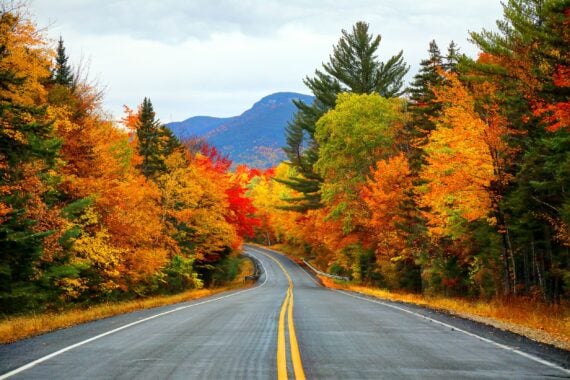Once you’ve caught the travel bug, it can be hard to stay in one place for an extended period of time. Sure, museums are great, and visiting bustling cities can satisfy the travel cravings, but have you thought about placing volcanoes on your bucket list? What’s more exciting than visiting nature’s version of a jack in a box? We’ve rounded up a list of volcanoes that you can visit and take in nature at its most unpredictable. If you hurry, you may be able to catch a glimpse of Mauna Loa erupting for the first time in almost 40 years.
Related: The 50 Most Beautiful Views in the World
Mauna Loa
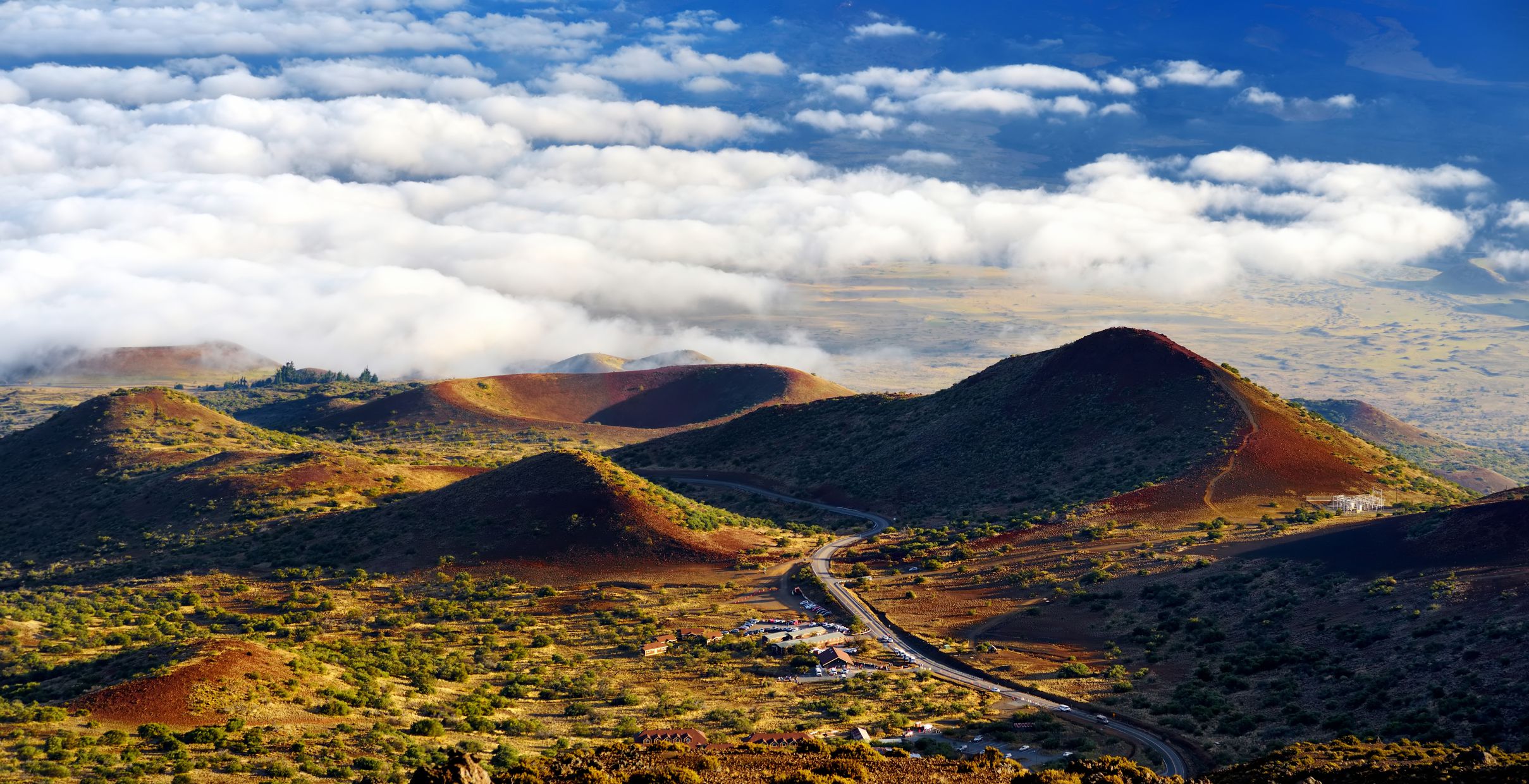
HawaiiElevation: 13,681 feet
One of the most popular tourist attractions in Hawaii is Mauna Loa, or the “long mountain.” This beautiful and active volcano has been in eruption since millions of years ago, and just began spewing lava flows on Nov. 27 for the first time since 1984. Some areas are closed to visitors during the eruption, but there’s typically many beautiful sights for visitors to witness despite the steep incline. The National Park Service cautions would-be travelers that the hike up the volcano can be challenging, with loose rocks and a steep incline. Backpackers are welcome, but are limited to three consecutive nights per site.
Related: The Best of Hawaii on a Budget
Mount St. Helens
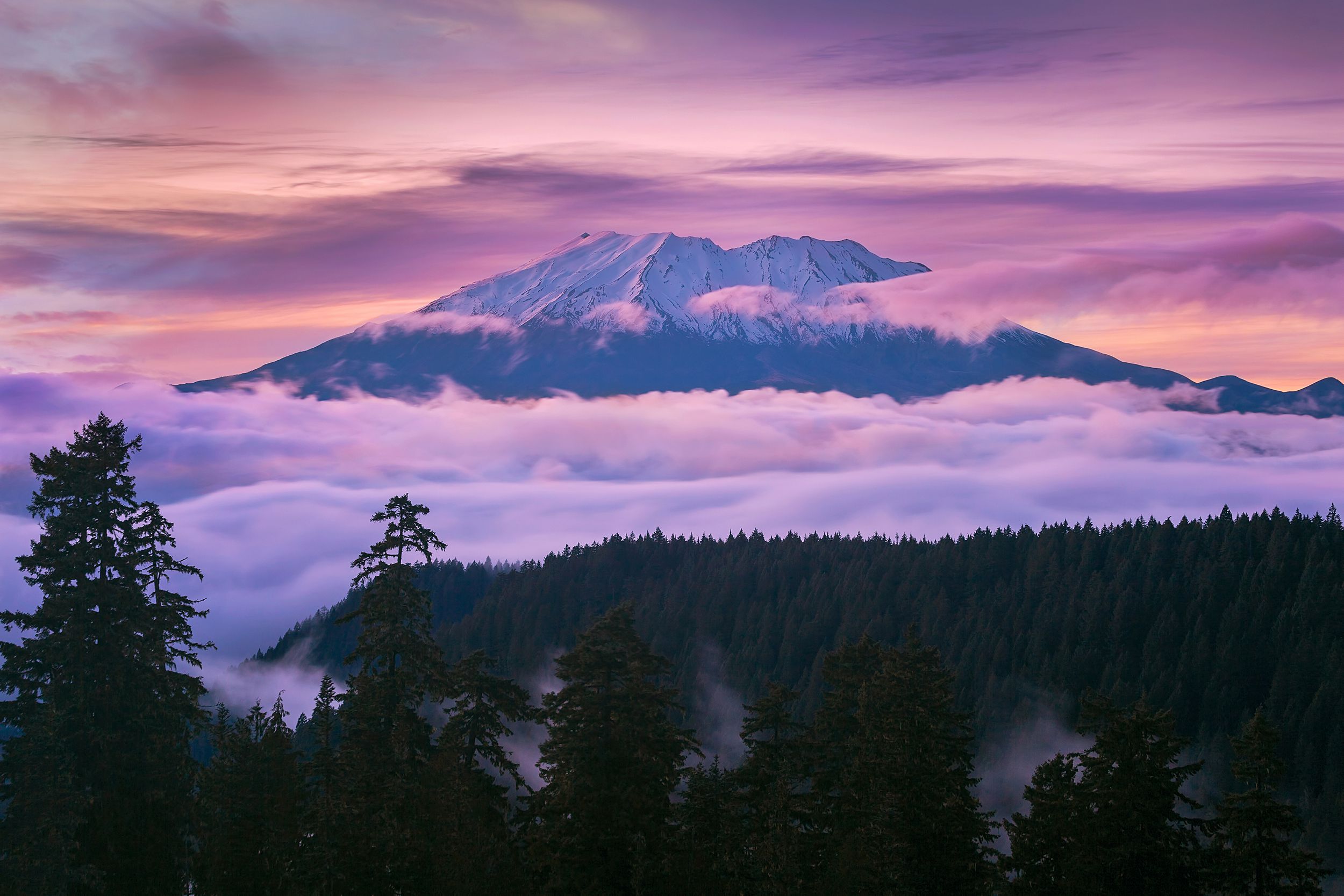
Washington Elevation: 8,363 feet Mount St. Helens surprised locals and the world alike when it erupted on May 18, 1980, as many thought the volcano was extinct. A plume of ash and smoke blasted 80,000 feet into the sky, destroying 230 square miles of vegetation and wildlife within 5 to 9 minutes. The best views are from the plaza behind the Johnston Ridge Observatory, named after volcanologist David A. Johnston who died as a result of the eruption. The observation center, which is part of Gifford Pinchot National Park, is closed for the foreseeable future, but the plaza remains open for visitors. The National Park warns visitors that the closest gas stations to the park are in Castle Rock or Toutle, some 52 and 40 miles from the park, respectively.
Mount Fuji
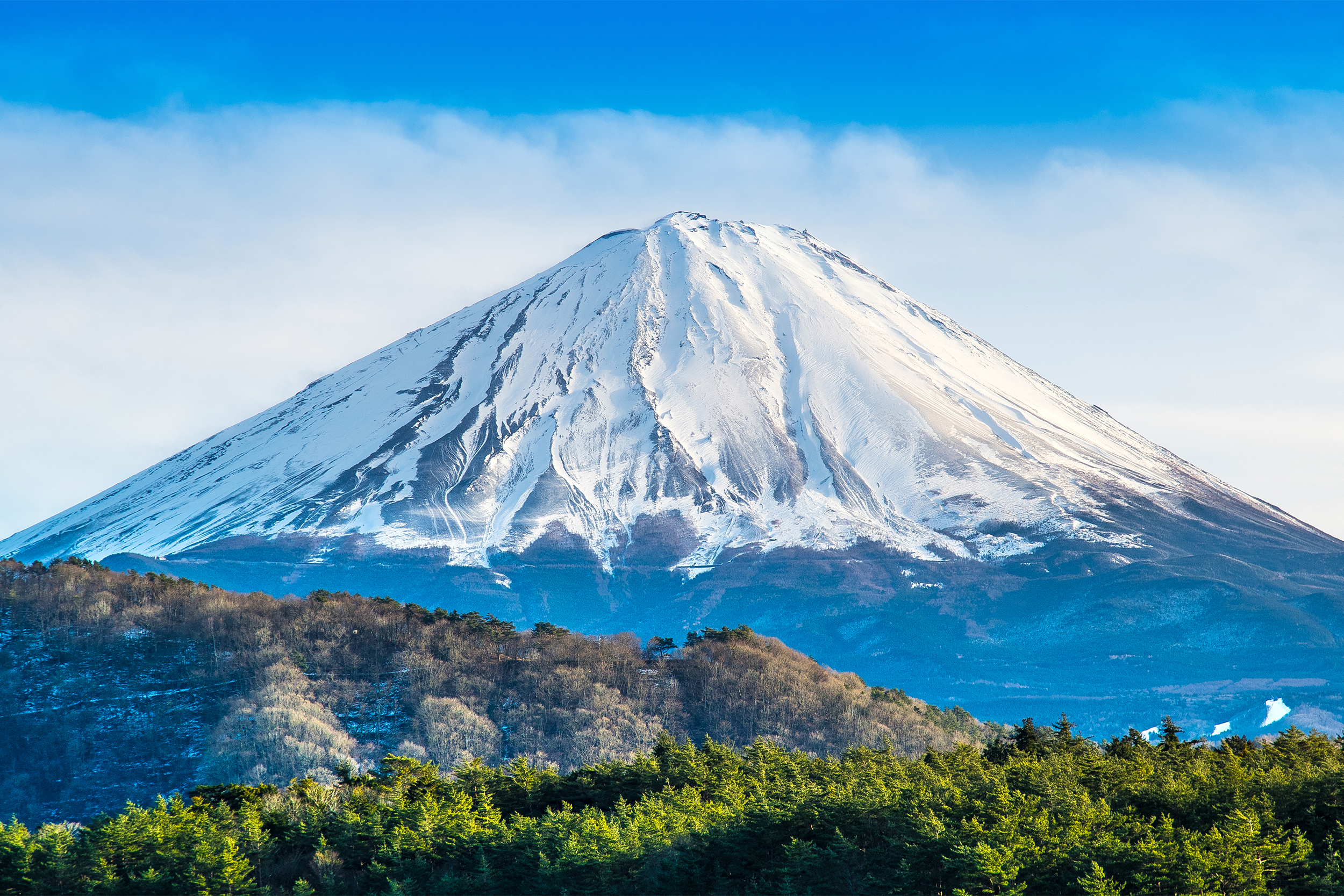
Japan
Elevation: 12,388 feet
Located in Fuji Hakone Izu National Park, you can also visit the base of the mountain year-round by foot (which is great for those who don’t like heights). For those who want a view of the mountain, visitors can take day trips to towns around the foot of Mount Fuji. The park also offers boating, an aerial tramway, and hot springs.
Related: 20 Prime Places to See Beautiful Cherry Blossoms
Mount Rainier

Washington Elevation: 14,409 feet
As the tallest mountain in Washington and the Cascade Range, Mount Rainier ranks as the highest peak in the state. Aside from this, it is the most glaciated peak within the contiguous United States. Mount Rainier can be viewed by taking a helicopter tour or driving to Ashford, Washington, to Mount Rainier National Park. If you’re looking for a day trip from Seattle, Mount Rainier might be the one.
Related: World’s Most Beautiful Glaciers to See Before They’re Gone
Mount Etna
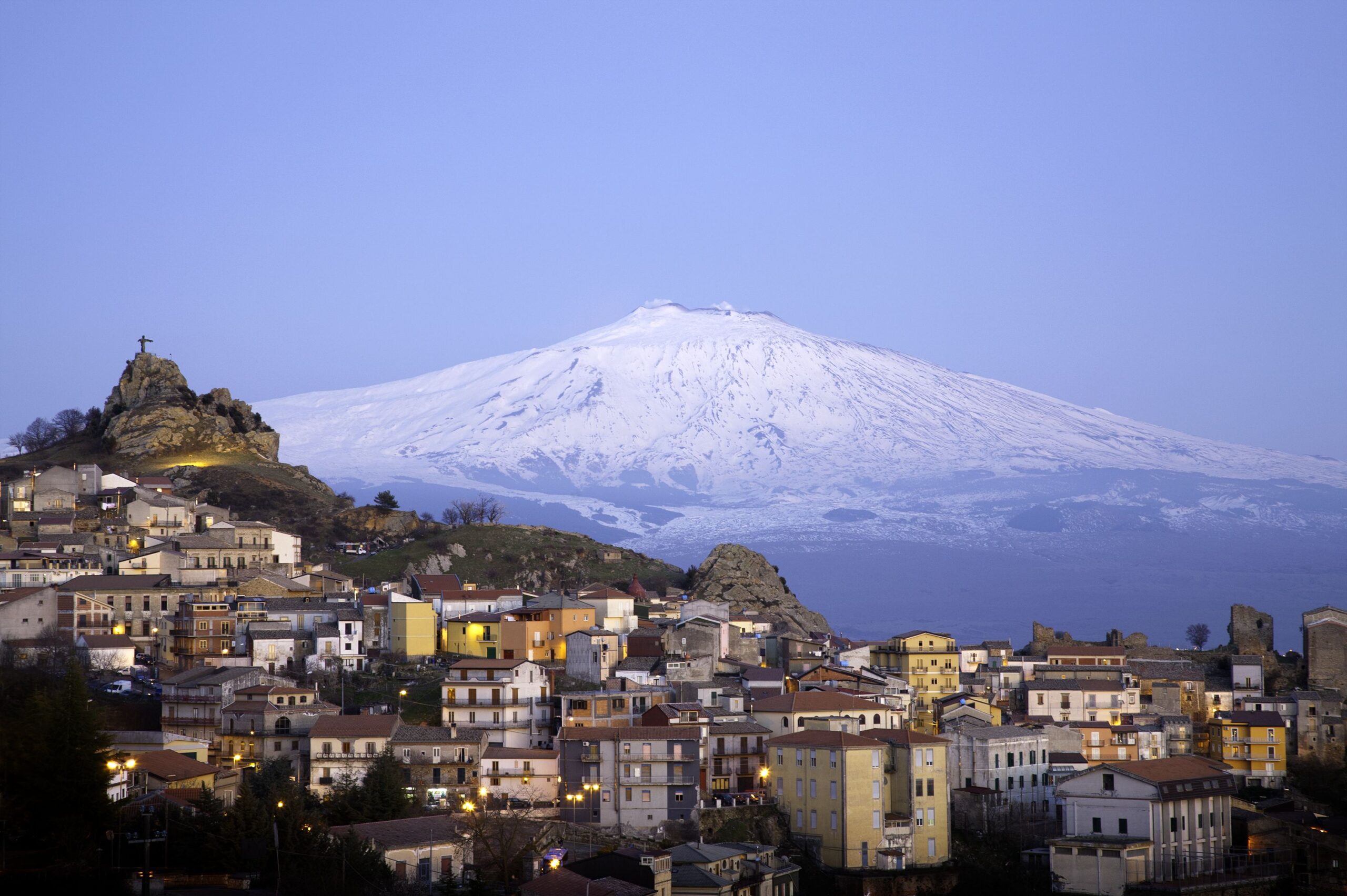
ItalyElevation: 10,922 feet (changes often due to activity)
Mount Etna is an active volcano in the Milo region of Sicily. Etna is also the highest mountain in Italy and among the most active volcanoes in the world. Stop by Parco dell’Etna on the eastern slope of the mountain to catch lectures and exhibits at the visitor’s center.Trending on Cheapism
Villarrica

ChileElevation: 9,340 feet
Snow-covered Villarrica, one of Chile’s most active volcanoes (and popular tourist destination), rises above the lake and town of the same name. It erupts basaltic lava and is one of the few permanently active volcanoes in the world, sometimes with a small lava lake present in its summit crater.
Related: 15 Bucket-List Destinations Below the Equator
Arenal
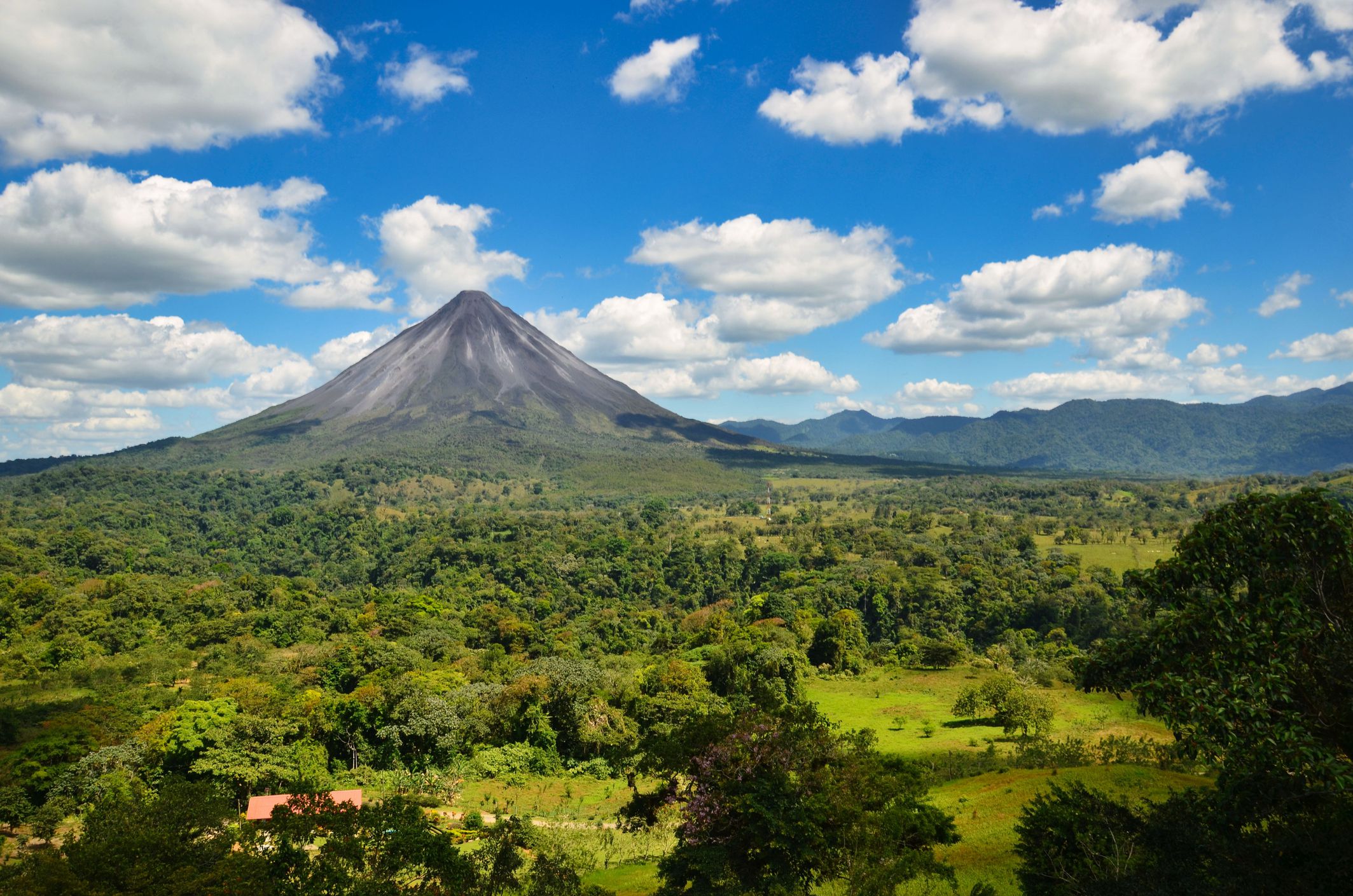
Costa RicaElevation: 5,436 feetThe Arenal Volcano in Costa Rica is one of the most visited tourist attractions in Central America. You can visit and hike through the national park, which is an hour’s drive from San Jose, or you can enjoy an adventure like the 2-hour 4×4 tour through the mountain with a local guide.
Related: 18 Things You Must Do While Traveling Central America
Mount Vesuvius
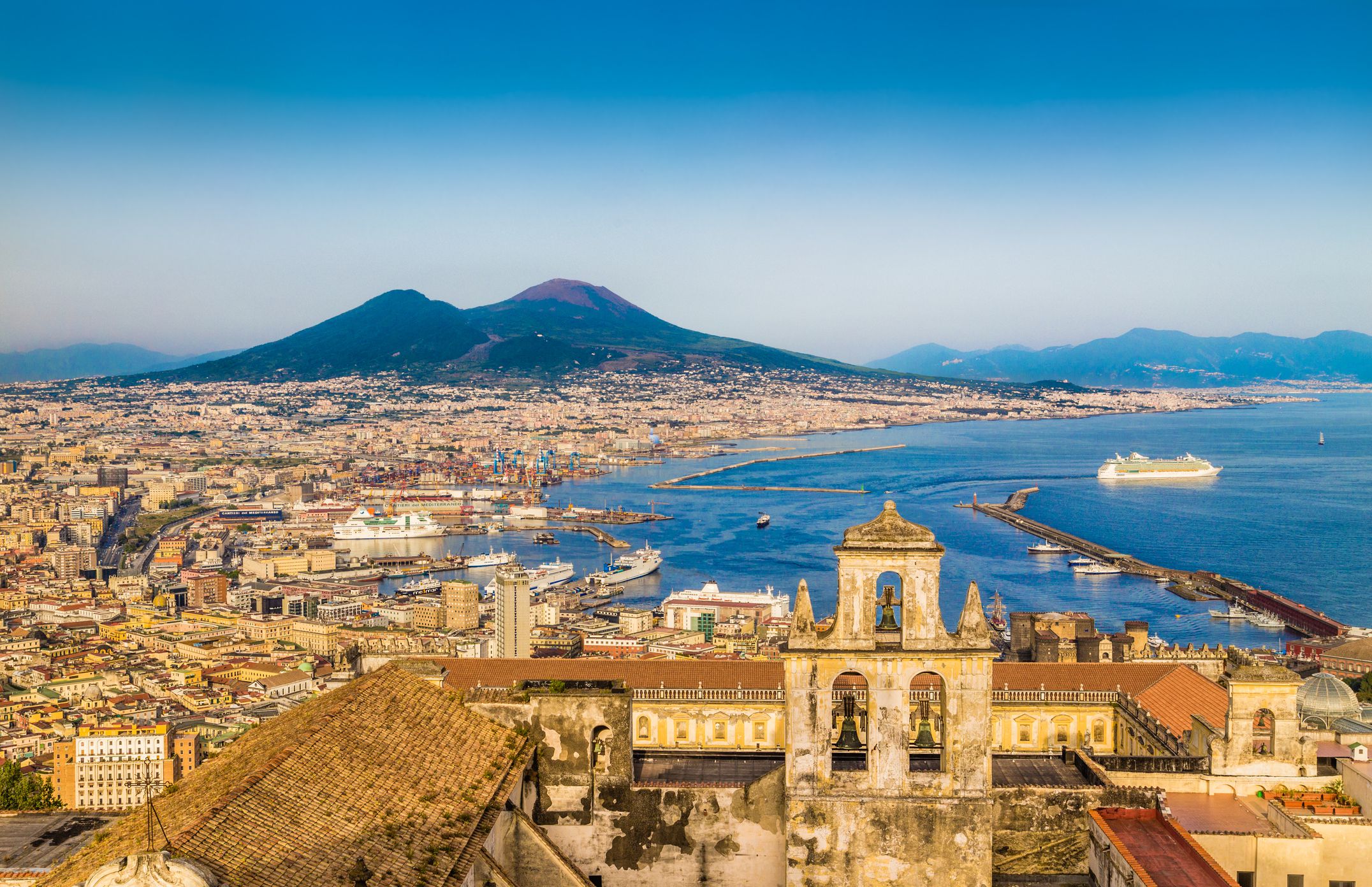
ItalyElevation: 4,202 feet
Perhaps one of the most famous volcanoes in the world, Vesuvius is definitely one of those bucket list trips. Stop by the famous city of Pompeii before or after your hike up the mountain, but make time to visit the nearby Herculaneum, a city that was destroyed by the same eruption as Pompeii.
For more great travel guides and vacation tips, please sign up for our free newsletters.
Sign up for our newsletter
Eyjafjallajökull
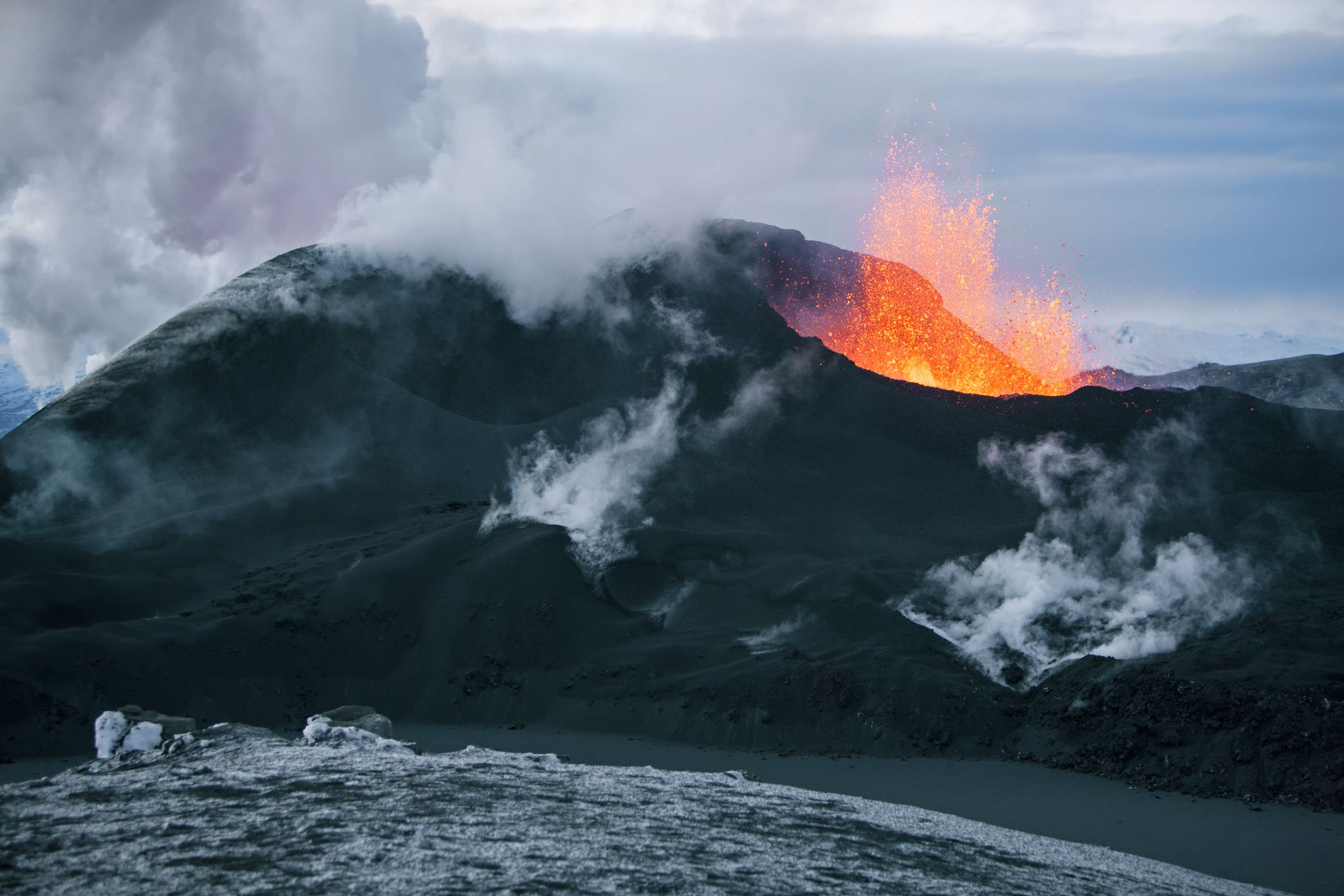
IcelandElevation: 5,466 feetEyjafjallajökull (pronounced “e-ya-fjalyock-uh-jock-uhl”) means Eyafjalla glacier mountain. In 2010, the Eyjafjallajökull eruption in Iceland caused massive flooding and destruction. The eruption’s ash plume — which could be seen from miles away — disrupted air travel in Northwest Europe for nearly a week, stranding thousands of passengers. Now, it is safe to visit with tours specifically designed to show the effects of the eruption. There’s a visitor’s center (aptly named Lava Centre) near the town of Hvolsvöllur where you can find more information on the experience of one family whose farm was destroyed by the volcano.
Related: Here’s How to Visit Iceland Without Spending a Fortune
Krakatoa
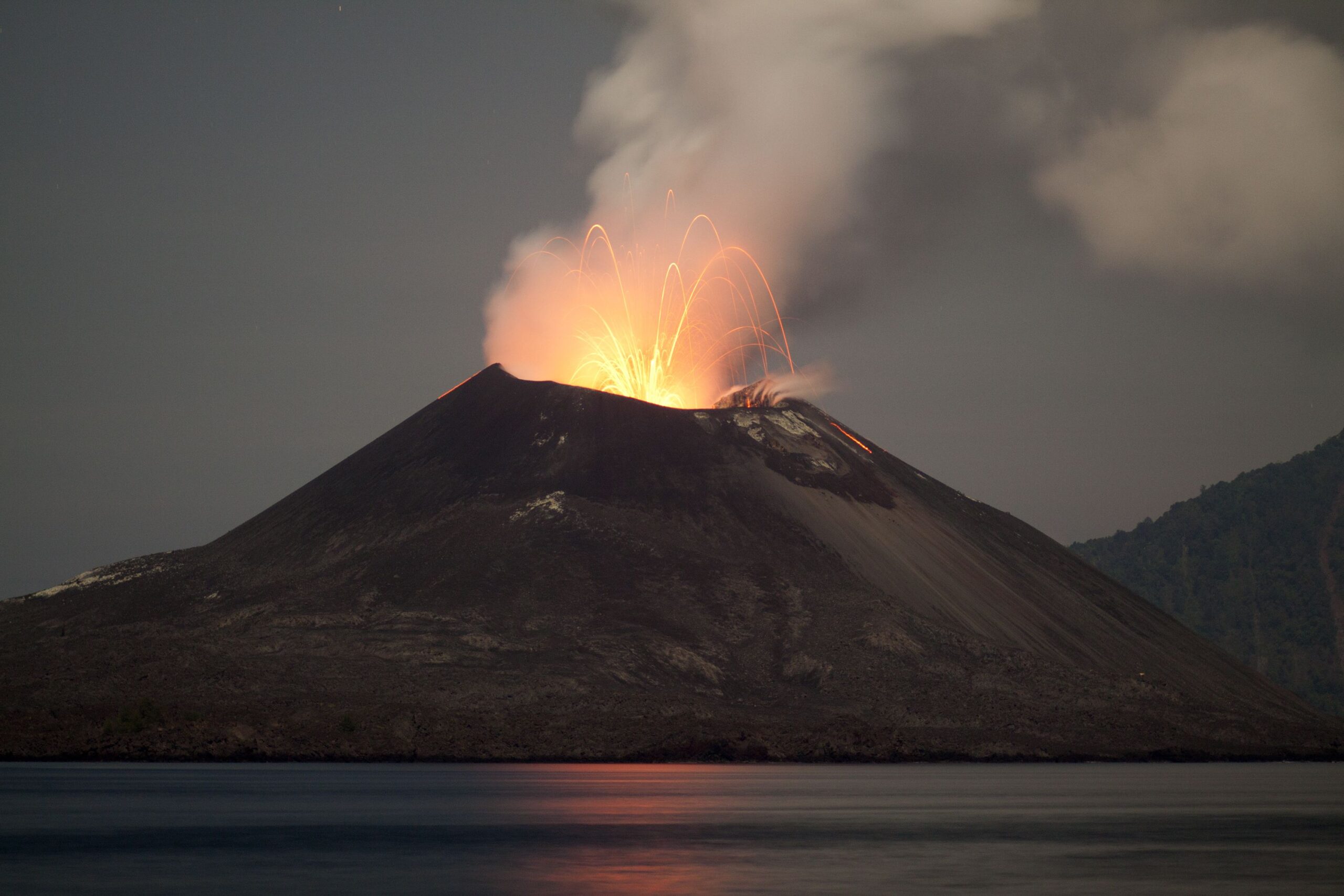
IndonesiaElevation:2,667 feet
If you’ve ever wanted to visit the world’s biggest (and most famous) active volcano, look no further. The Krakatoa eruption of 1883 devastated the area, causing more than 36,000 deaths. In modern times, tourists can hike the mountain, or, for the less adventurous, view the land mass from the safety of a tour boat.
Erta Ale

EthiopiaElevation: 2,011 feetFor adventurous and competent climbers only, Erta Ale has been described as one of “the most inhospitable places on the continent.” The site, about 62 miles from Mikelle, is best seen at sunset when the temperatures drop.
Related: 21 Epic Hiking Trails Around the World
Mount Aso
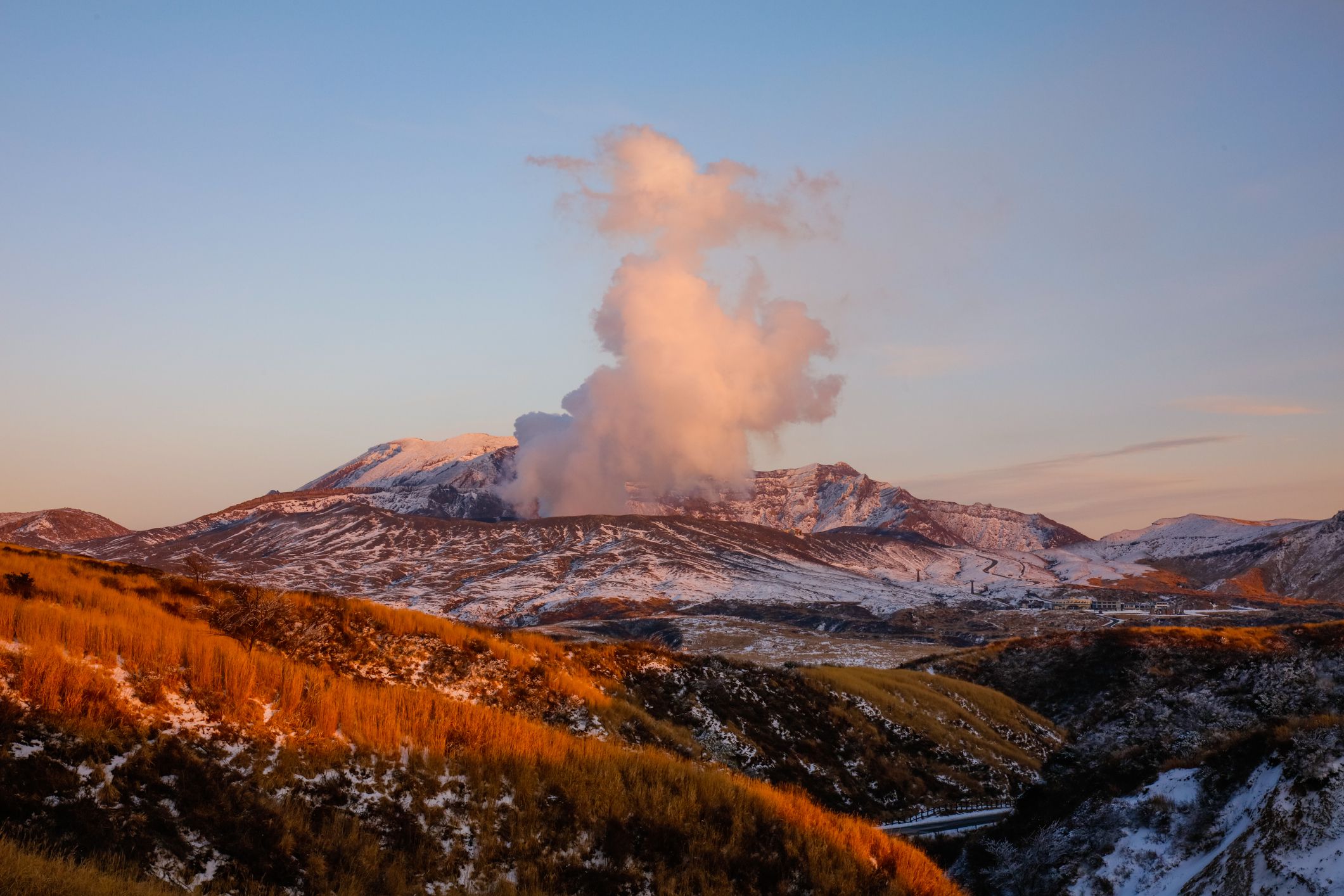
JapanElevation: 5,223 feet
Mount Aso is an active, living volcano. When Mount Aso is active, it’s shut off to the public; but when it’s less active, you can visit and be an adventurer. The volcano has formed an impressive crater: 15 miles wide and about 62 miles around. In its ancient past, the crater was so vast that local legend claims people actually lived in it.
Mount Stromboli
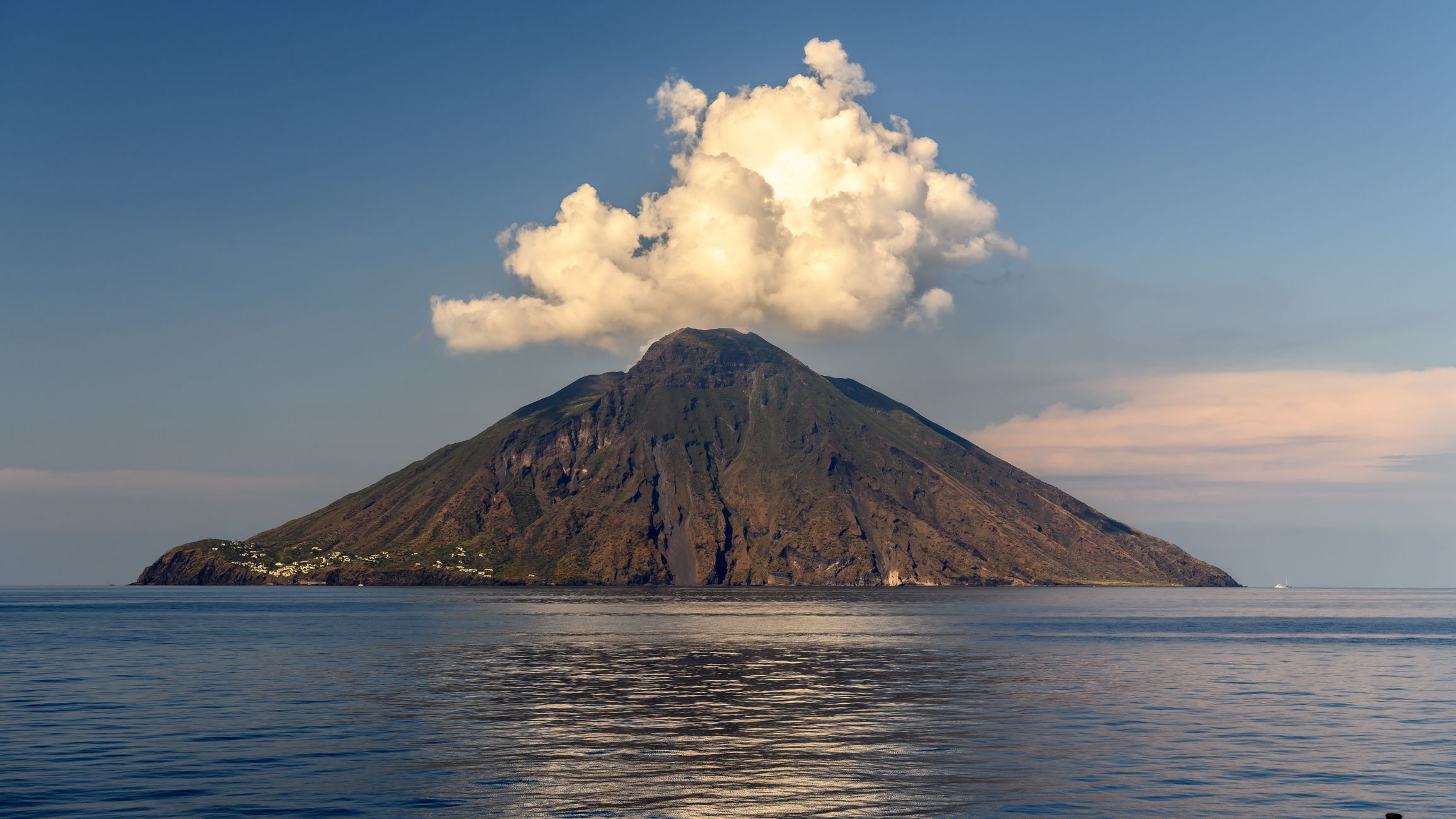
ItalyElevation:3,038 feet
Stromboli has been erupting almost continuously since 1932, making it one of Earth’s most active volcanoes. Mount Stromboli is an active volcano located in the Mediterranean Sea in southern Italy. Stromboli’s three crater lakes are among the deepest in the world. Because it has been active for much of the last 2,000 years and its eruptions are visible for long distances at night, it is known as the “Lighthouse of the Mediterranean.”
Sangay
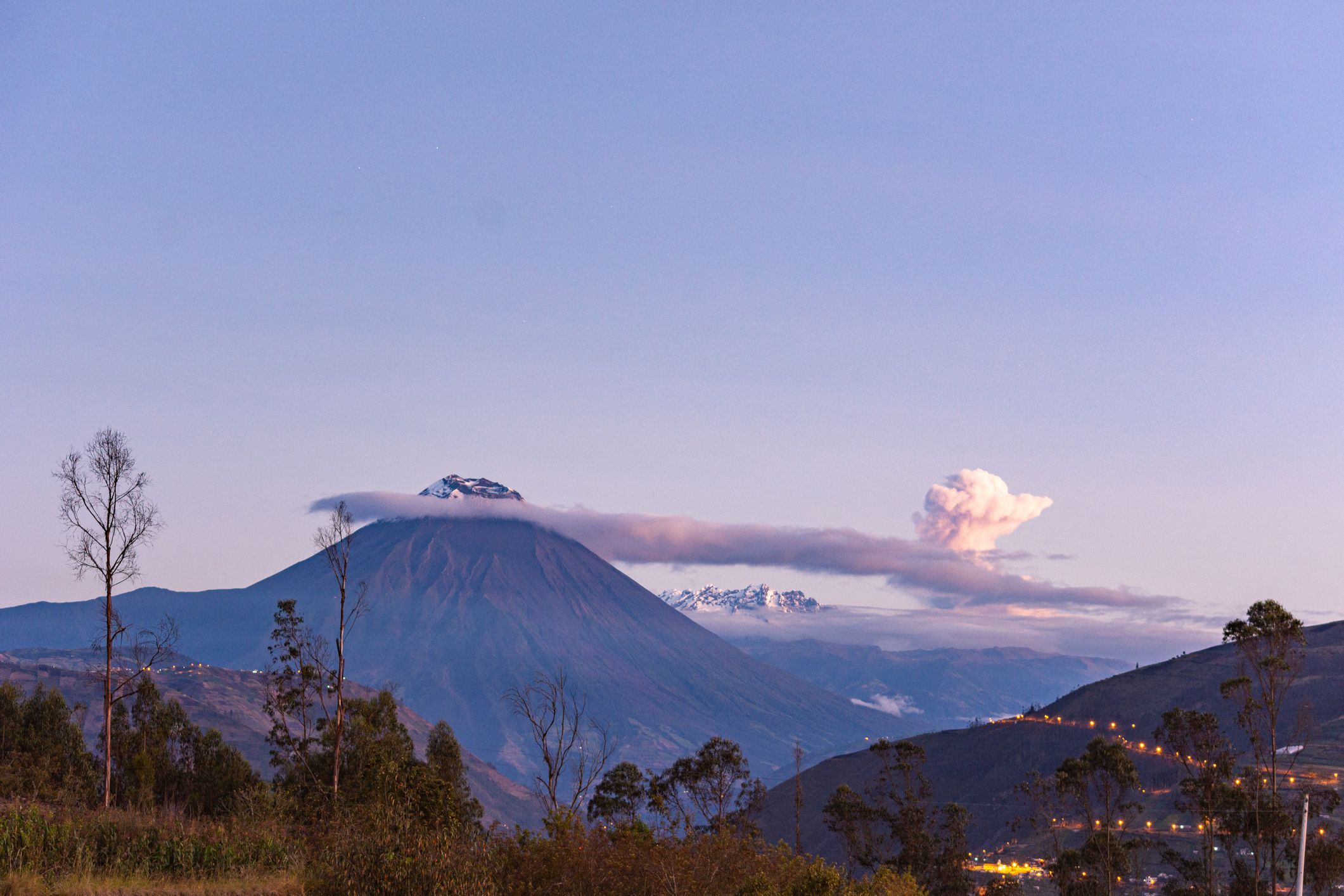
EcuadorElevation:17,159 feetSangay, located about 25 miles northwest of Quito, is home to a lush park and vibrant scenery. The mountain was declared a national park in 1991, following UNESCO declaring the area a World Heritage Site in 1983. Visitors can camp, climb the mountain, hike, raft, or cycle through the park.
Mount Batur
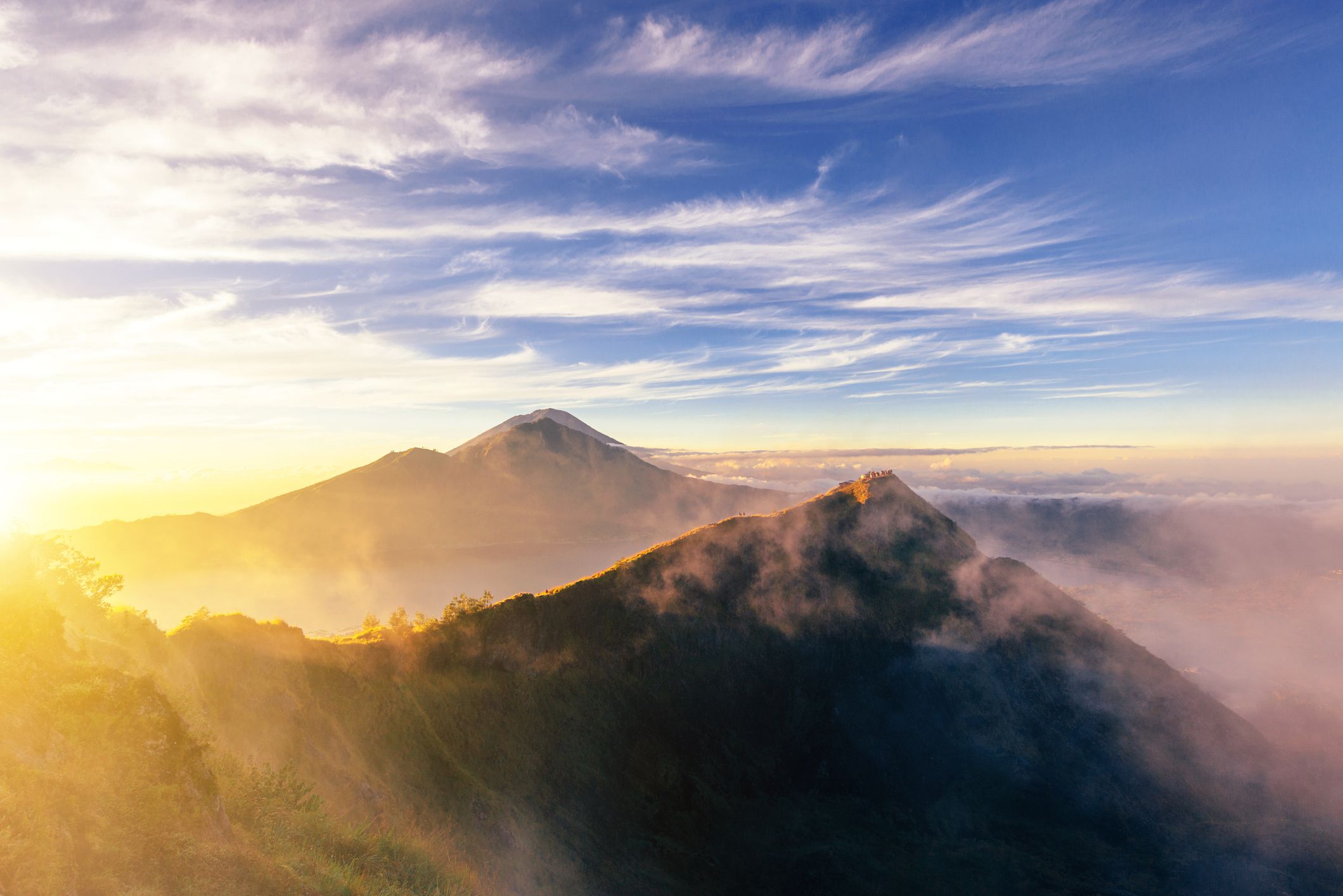
Bali, IndonesiaElevation: 5,633 feetThe peak of Mount Batur is undoubtedly one of Bali’s most scenic attractions, and it’s easy to understand why — a blend of green palm trees, white beaches, and a turquoise-blue sea, it’s hard to beat. However, you should be prepared for the journey up the mountain: High temperatures mean that most tours start before dawn. Once you’re there, you’ll be rewarded with some of the island’s most spectacular views.
Related: 24 Beautiful Destinations Threatened By Overtourism — and Where to Go Instead
Mount Ngauruhoe
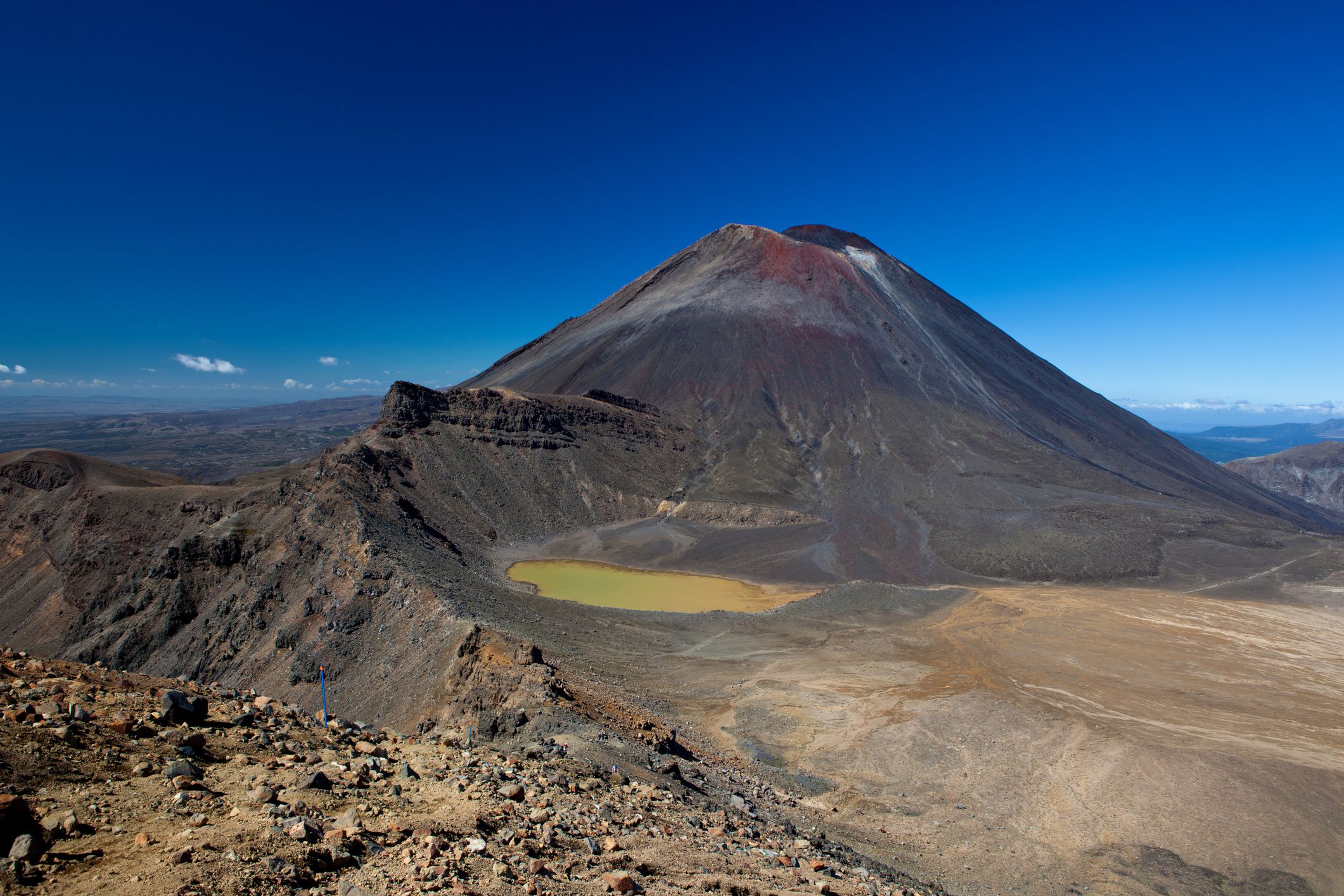
New ZealandElevation:6,489 feetIn addition to being the dramatic site of Mount Doom of the “Lord of the Rings” fame, Mount Ngauruhoe is a spectacular mountain in Tongariro National Park. This mountain has an awesome hike that can be done with a guide (to make sure you’re not one of those Hobbits that the treacherous climb takes out). After your trek, stay for skiing, biking, climbing, or camping.
Related: 50 Iconic Movie Locations Around the World
Cotopaxi
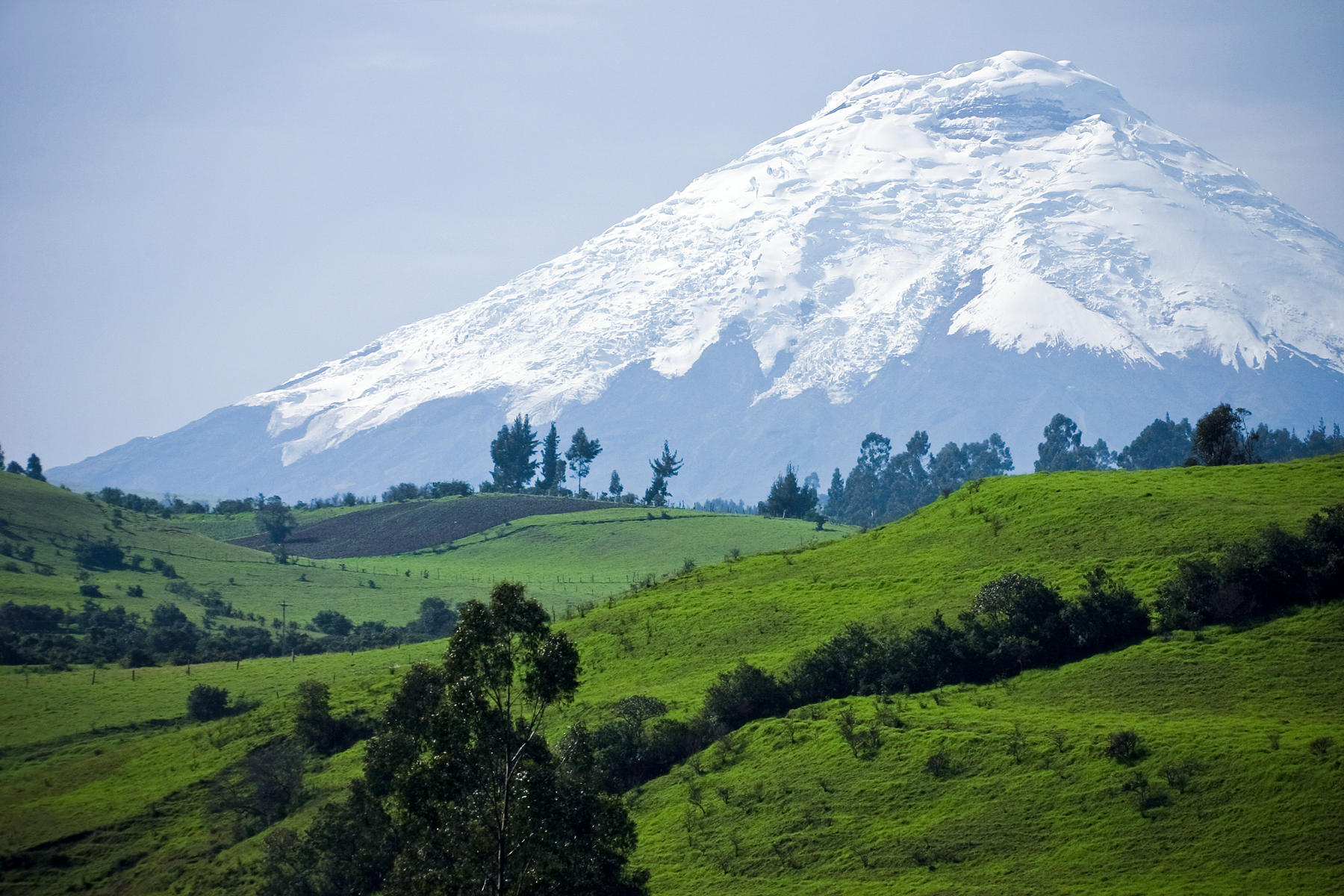
EcuadorElevation: 19,393 feetThe pride of the Andes, Parque Nacional Cotopaxi entices visitors from all over the globe. Some 37 miles away from Quito, the park offers the volcano, of course, as well as picturesque lagoons and waterways.
Masaya Volcano
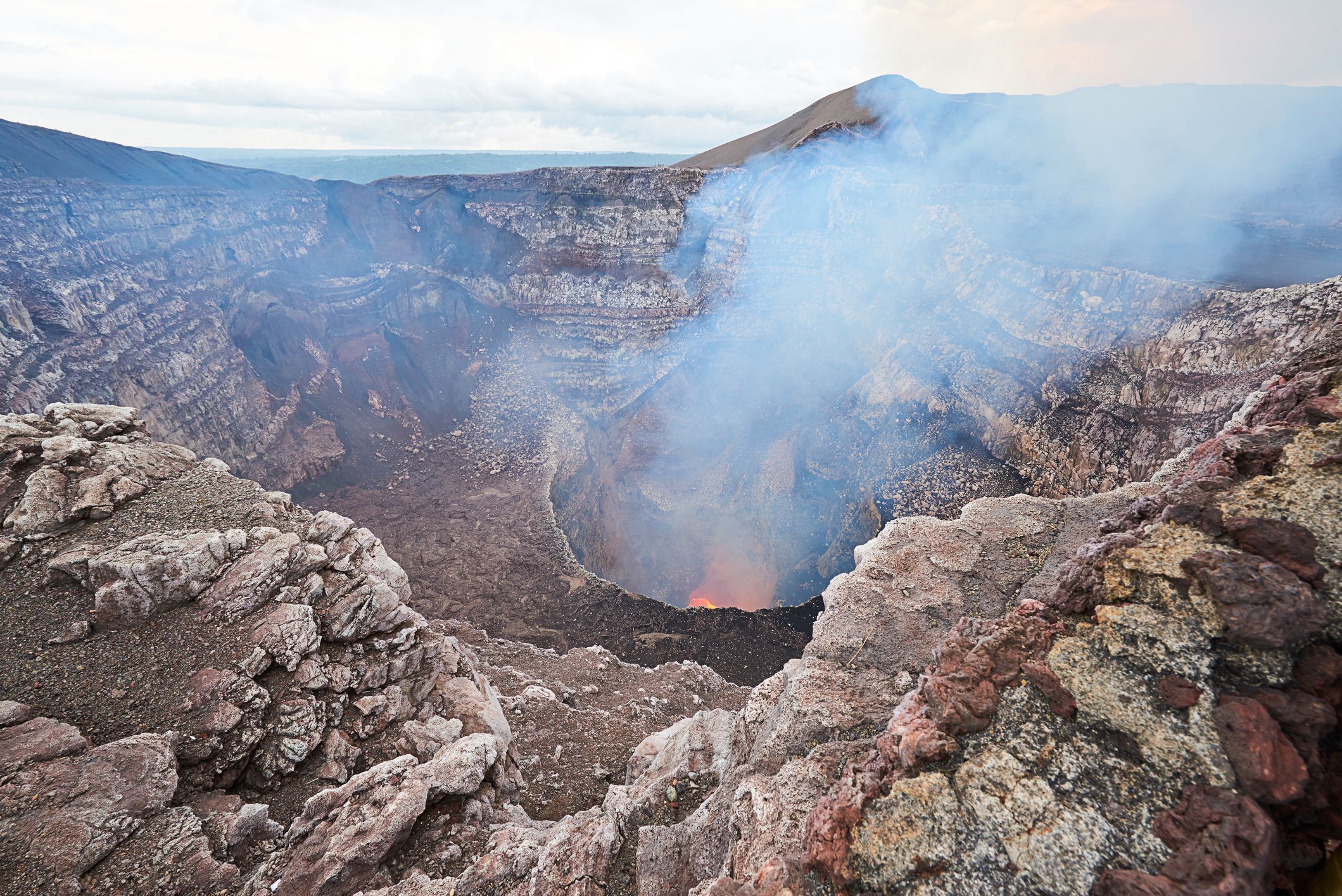
NicaraguaElevation: 2,083 feetThe Masaya volcano is located in Nicaragua’s largest national park. It’s a car ride away from Managua and can be seen from Las Terrenas. Visitors can see the lava lake left over from past eruptions when they explore the volcano’s crater. The region is popular with hikers, as trails abound.
Mount Bromo
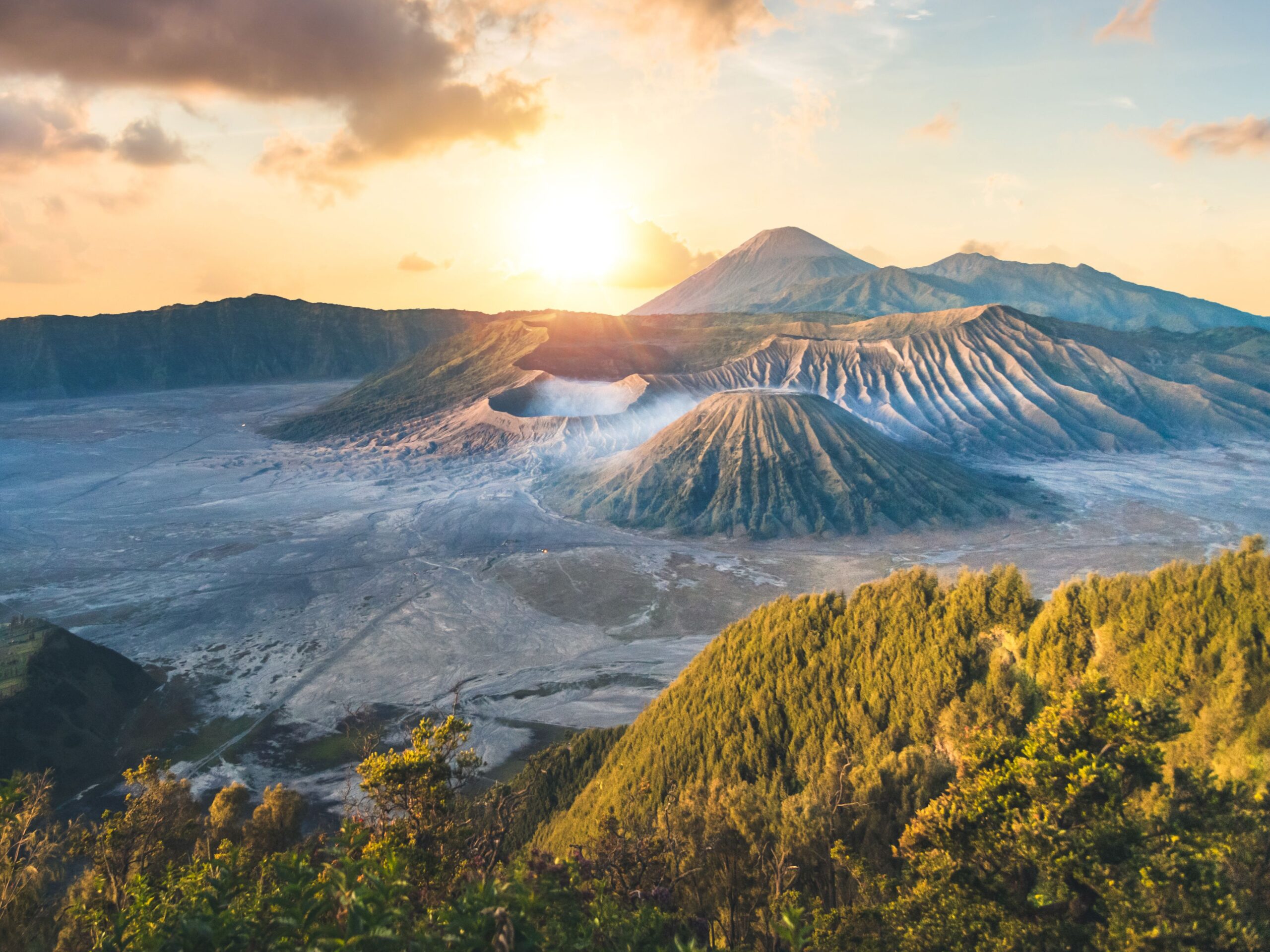
Indonesia Elevation: 7,641 feetIndonesia is full of perfect places to see the sun rise, but one of the most stunning views is that of Mount Bromo. The mountain has a tremendous peak and red lava river in a region that’s well known for its Ring of Fire. In addition to the incredible views, the surrounding area is covered by thick clouds that make it an ideal place to view the sunrise. People also come from all over to experience the enormous hot springs that emerge just below the volcano and flow into the lake.
Galeras Volcano
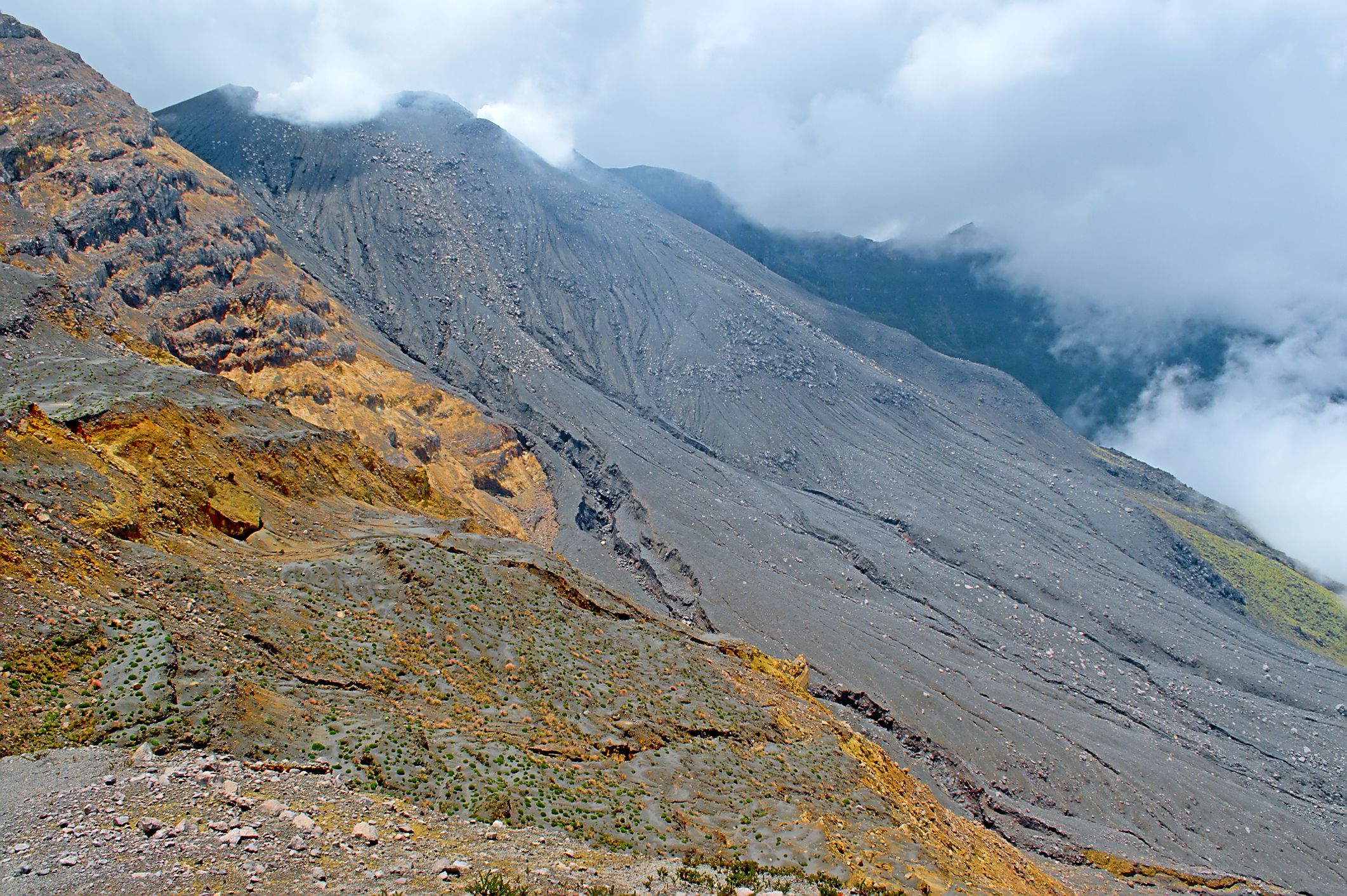
ColombiaElevation: 24,029 feetOne of the most active volcanoes in the world, the Galeras Volcano in Colombia is surrounded by a park, which attracts visitors from all over. The top of the volcano itself is closed for safety reasons. A group of scientists and tourists were in the volcano’s crater and were killed when it erupted in January 1993.
Piton de la Fournaise
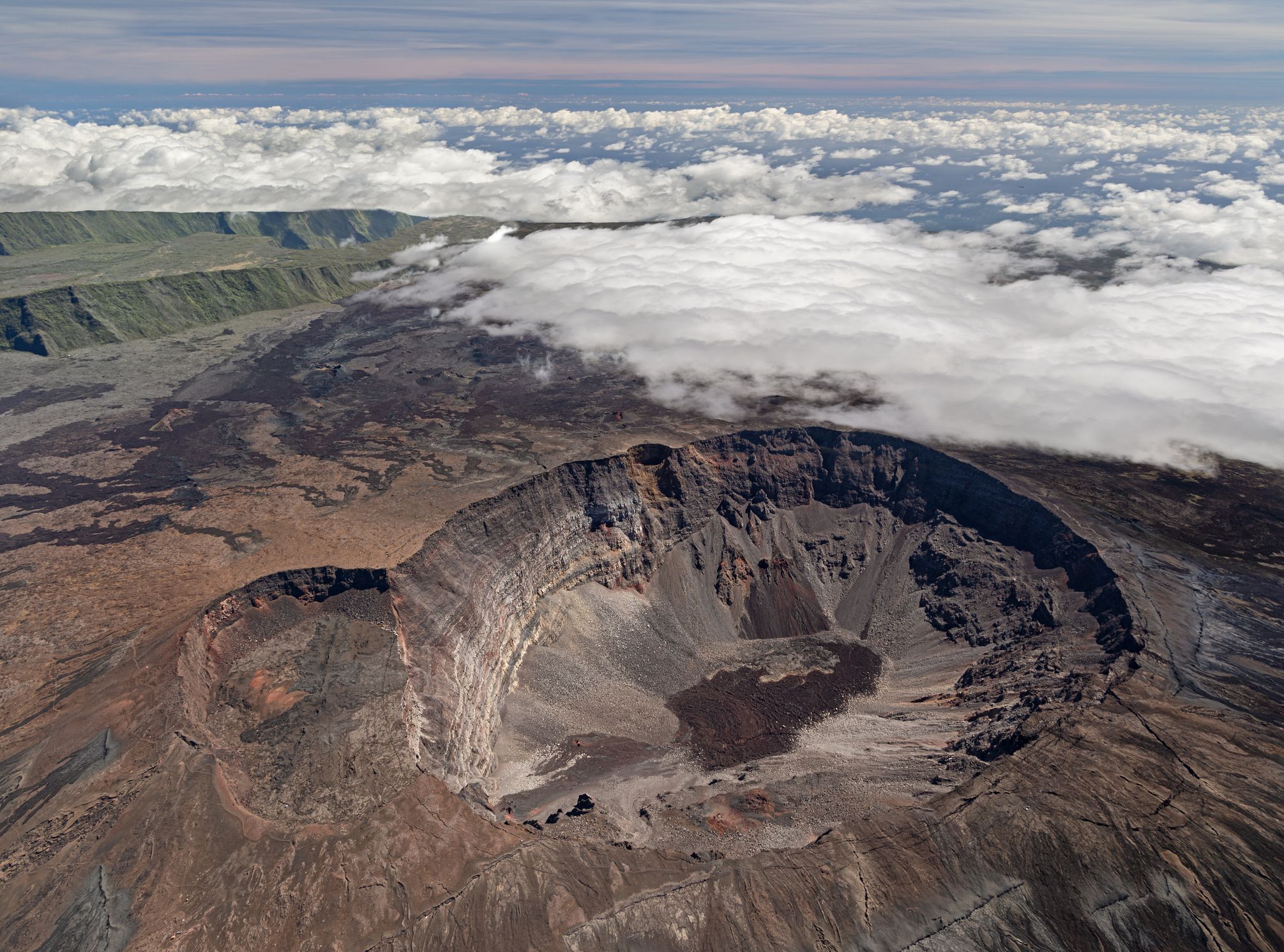
Réunion, Indian OceanElevation: 8,632 feetThe Piton de la Fournaise (“The Sacred Furnace”) is the youngest of the three volcanoes that make up the volcanic archipelago of the French island of Reunion. The volcano erupts every nine months on average, proof that this is still very much an active site. Visitors to the area can stop by the waterfalls and then pop over to the sea turtle observatory before or after their volcanic adventure.
Taal
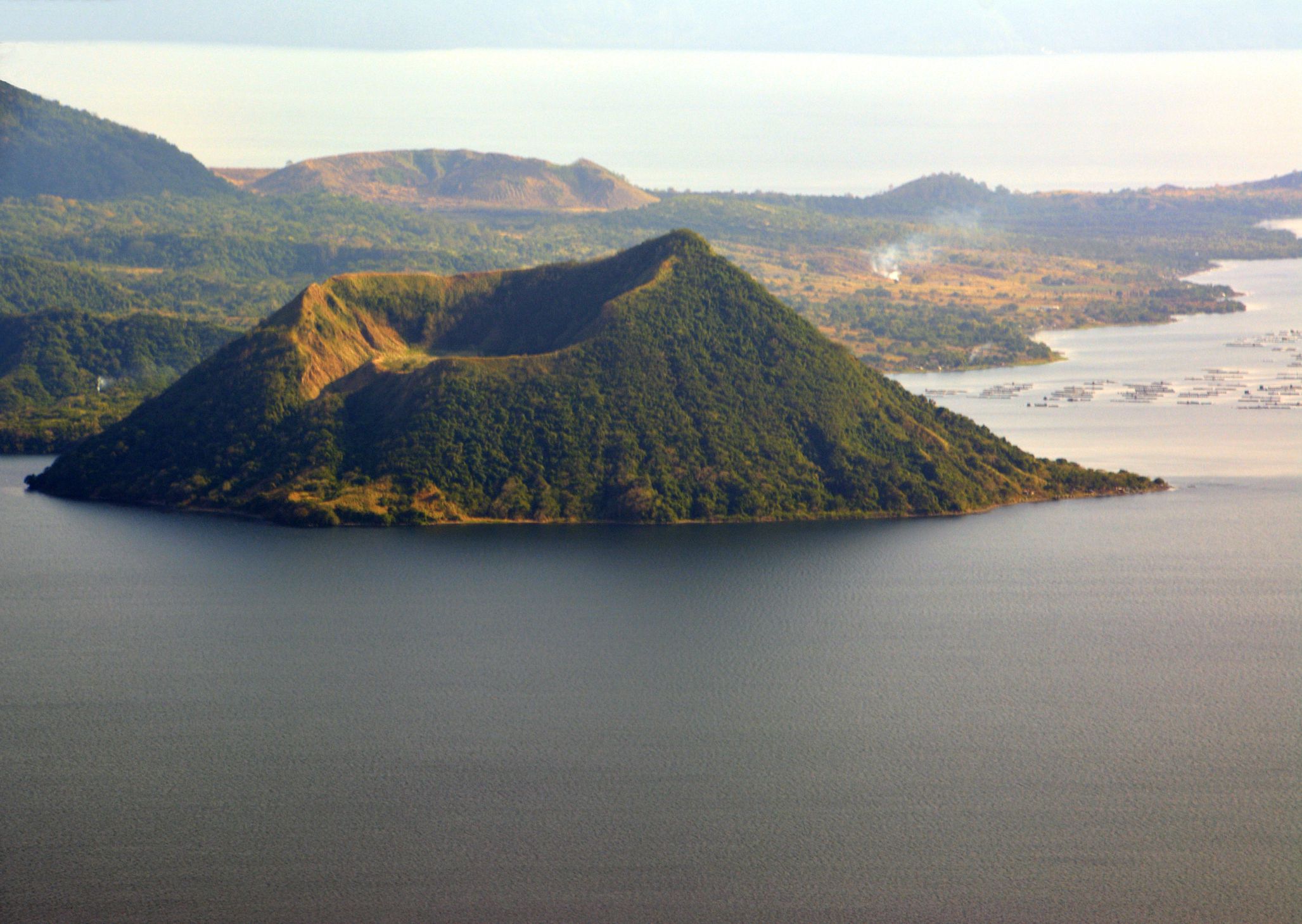
PhilippinesElevation: 1,020 feetThe Taal Volcano is one of the most active volcanoes in the Philippines. It’s located on the island of Luzon, and has been active for over 200 years. The last major eruption was in 2020, but tours still operate to the volcano and adjacent lake, where visitors can walk along the hardened black lava to the rim of the crater.
Mount Nyiragongo
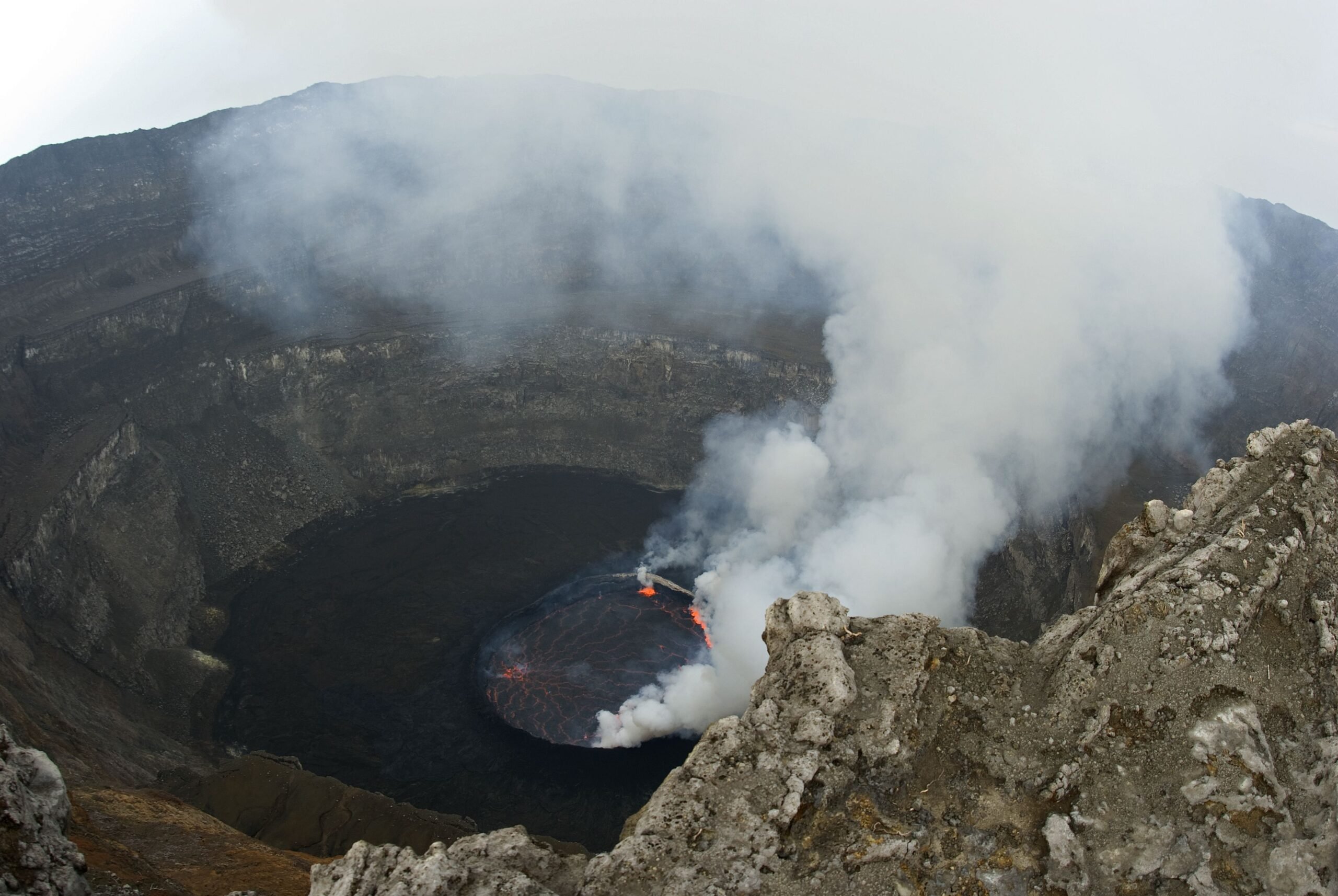
Democratic Republic of the CongoElevation: 11,384 feetThe Democratic Republic of Congo’s Nyiragongo hosts the world’s largest lava lake and is one of Africa’s most active volcanoes. It’s not only the volcano that attracts tourists to see it; the beautiful landscape and the rich culture also help to make it a must visit. Visitors also come to see Kivu, a crater lake located less than a mile away.




